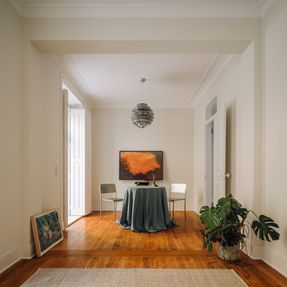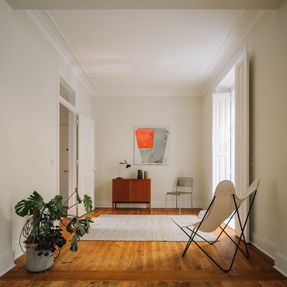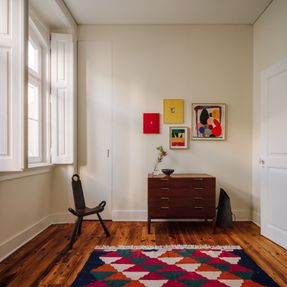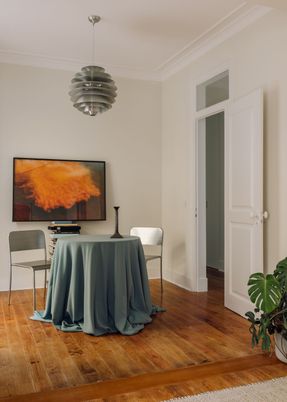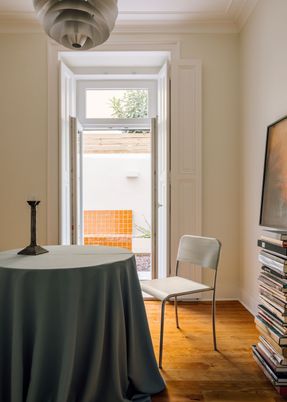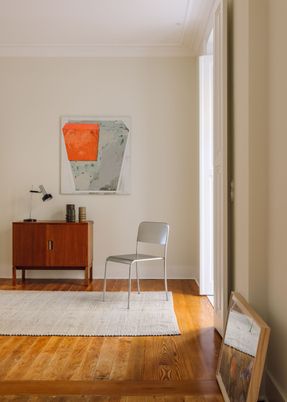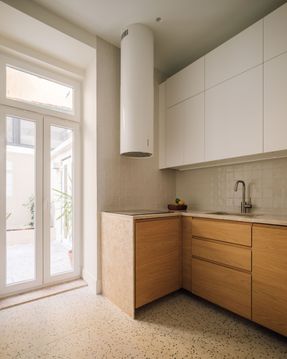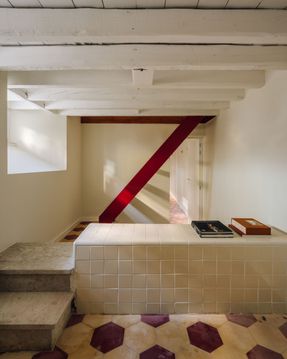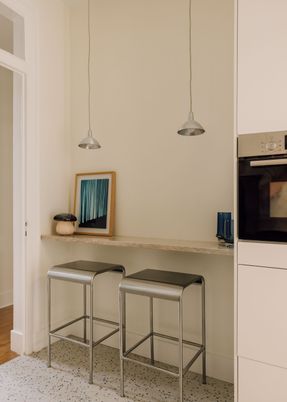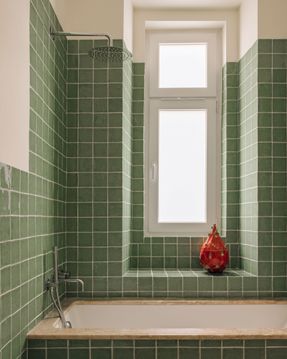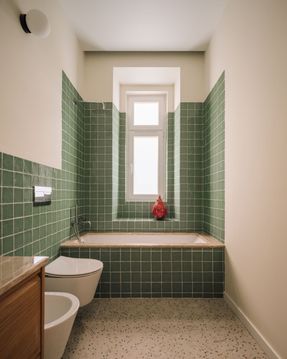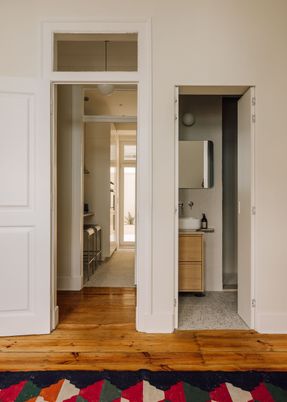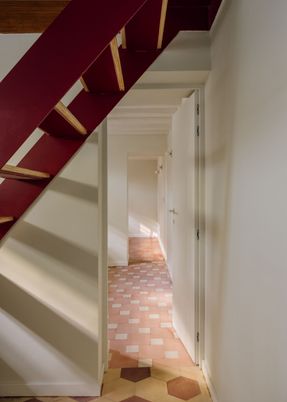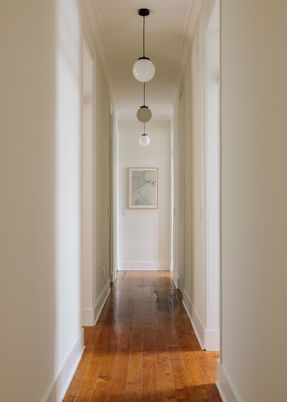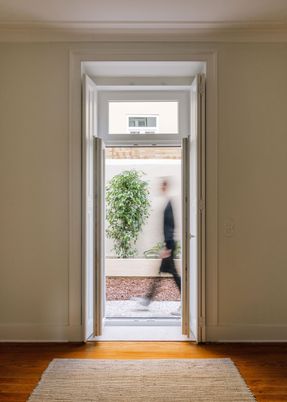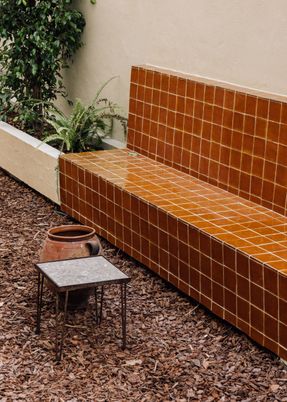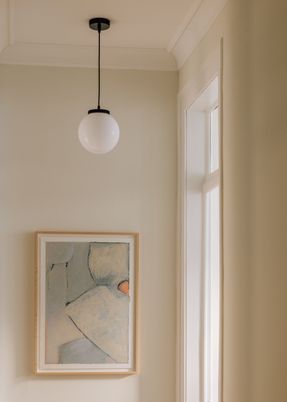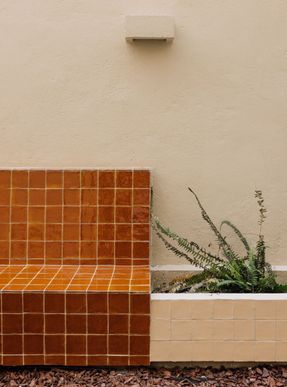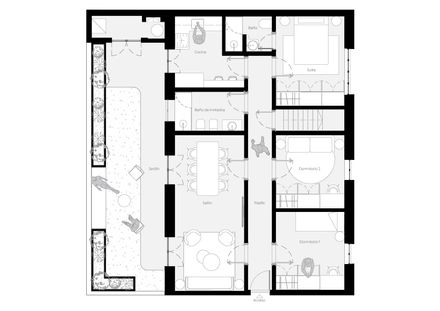ARCHITECTS
Constante Design
CONSTRUCTION
Alma Engenharia
YEAR
2024
LOCATION
Lisboa, Portugal
CATEGORY
Houses
Text description provided by architect.
Project Casa TB5 is born out of the owners' need to make the most of the house's forgotten spaces, especially its garden.
Our inspiration for redesigning the flat's spaces was the very urban model of the Arco do Cego neighbourhood, which introduced an innovative typology to Lisbon's urban fabric in 1935, connecting architecture and the environment.
We wanted to be faithful to the environment and give the flat the same model, replicating the harmony between architecture and environment, characteristic of the neighbourhood, and connecting the internal and external spaces of the house.
One of our main challenges was to redesign the way of living in this house without altering the original distribution, that of almost a century ago. This is due to the fact that almost all the walls are load-bearing. And with two main objectives.
We wanted to transform the garden, which was inaccessible and forgotten, into a natural extension of the house. So we turned two rooms adjacent to the garden into the living room of the house.
We wanted to transform the lower floor, which was difficult to access (from a trapdoor in the old living room) and was used for storage, into a living space.
To do this, we changed the access to the lower floor, which is now via the corridor, and improved traffic with a metal staircase. We were able to add a bedroom and an office to the residence.
We recover as many materials as possible, respecting the history of the house. We opted for noble, natural materials: wood, marble and tiles.
All the wood in the house was restored (floors, skirting boards and doors), we kept the hydraulic flooring on floor -1 and reused the Portuguese pavement from the garden.
One of the main points was the use, both in the interior spaces and in the garden, of handmade tiles from the Lisbon region, an iconic symbol of Portuguese tradition.
In addition, we incorporated Lioz marble, also from the Lisbon region, which is integrated into various areas of the house.
From the living room floors to the bathrooms and kitchen, this marble connects contemporary design with more traditional use.



